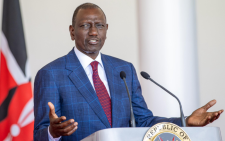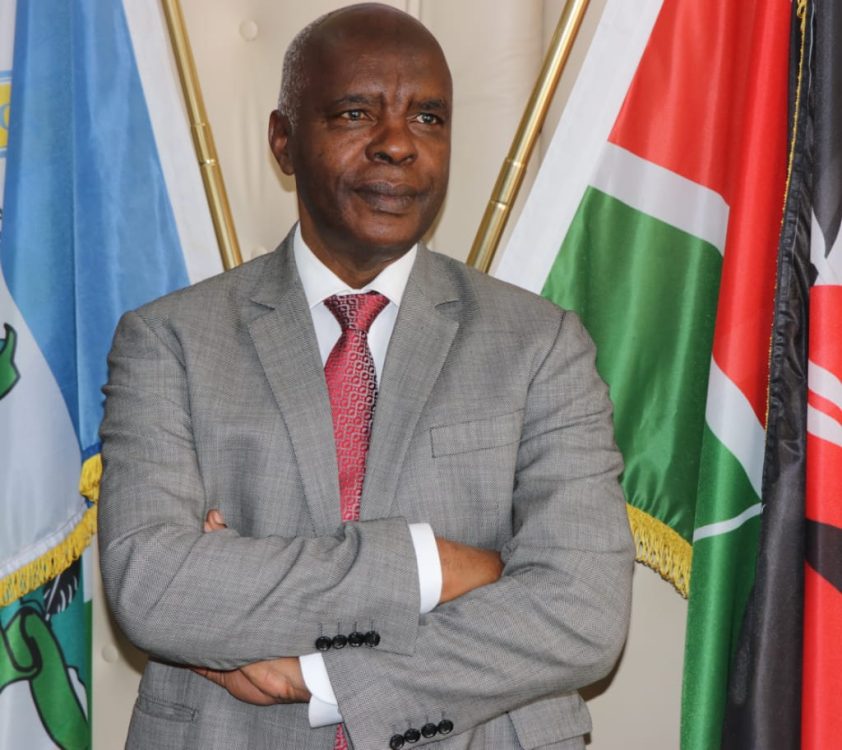Chronic diseases now leading cause of death in Kenya

Kenya’s public expenditure has been declining, driven by cuts in development spending that have directly affected the health sector.
A new World Bank report on public finance and the provision of public services underscores the urgent need for efficient and equitable health spending amid a constrained fiscal environment.
Between 2000 and 2021, Kenya achieved remarkable health improvements. Life expectancy rose from 54 to 67 years, while overall mortality fell from 1,052 to 357 deaths per 100,000 people.
“Infant and under-five mortality also fell significantly, largely because of better management of childhood illnesses and communicable diseases,” the report stated.
Persistent gaps
However, progress in reducing maternal and neonatal mortality, malnutrition, and non-communicable diseases remains slow. The disease burden has shifted dramatically.
“In Kenya today, noncommunicable diseases are now the leading cause of death, while HIV/AIDS, malaria, and respiratory infections remain among the top 10 killers. Rural and marginalised populations continue to face the greatest health inequities,” the report warned.
The health system has expanded significantly, with health workers nearly doubling to 190,000 by 2020.
The government now contributes 47 per cent of national health expenditure.
However, government health spending remains just 2 per cent of GDP, while out-of-pocket costs account for 24 per cent of health expenses, limiting access for low-income households.
Devolution has brought healthcare services closer to communities but revealed coordination problems between national and county governments.
Ambitious reforms
The 2023 health sector reforms introduced four transformative laws: the Primary Health Care Act, the Facility Improvement Financing Act, the Digital Health Act, and the Social Health Insurance Act.
“This aims to transform health service delivery, financing, and governance. These laws created three national pooled funds: The Primary Health Care Fund (PHCF) to support community and health facility-level services; the Emergency, Chronic, and Critical Illness Fund (ECCIF) to cover high-cost care; and the Social Health Insurance Fund,” the report added.
However, these funds are severely underfunded.
In the fiscal year 2024/25, PHCF received only Ksh4.1 billion against the estimated need of Ksh61 billion, while ECCIF received Ksh2 billion against the need of Ksh107 billion.
The Social Health Insurance Fund (SHIF), financed through mandatory 2.75 per cent payroll deductions, expects to collect Ksh67 billion annually—far below its Ksh157 billion target.
“Workers in the informal sector, who account for up to 80 per cent of the national workforce, are mandated to contribute 2.75 per cent of their household income, but the majority do not contribute,” the report explained.
This creates a fundamental design flaw.
While SHIF depends on increasing formalisation, the tax burden discourages small employers and low-wage workers from joining the formal economy, potentially derailing sustainability and universal health coverage goals.
Key reform initiatives face operational and financial hurdles.
“The sustainability of the Community Health Promoters initiative, which is central to the primary health care model, is questionable since the national government made a commitment to support the initiative for only three years from 2023,” the report said.
Declining donor support
The Digital Health Act requires Ksh104 billion for implementation—funding that remains unallocated.
SHIF has encountered difficulties transitioning from the National Hospital Insurance Fund, including technical failures, weak provider coordination, and inadequate enforcement mechanisms for informal sector contributions.
Kenya’s transition to domestic health financing follows declining donor aid.
“As a lower-middle-income country since 2014, Kenya has experienced a steady decline in development assistance for health. Most of the remaining aid, over 90 per cent of which comes from just four donors, is concentrated in vertical programs such as HIV/AIDS, malaria, tuberculosis, and immunisation programs,” the report explained.
The US government’s recent withdrawal of support, which previously accounted for 60 per cent of Kenya’s HIV/AIDS funding, has created a major gap.
While the Kenya Health and HIV/AIDS Financing Transition Roadmap (2022–2030) outlines domestic financing plans, implementation remains fragile and underfunded.














